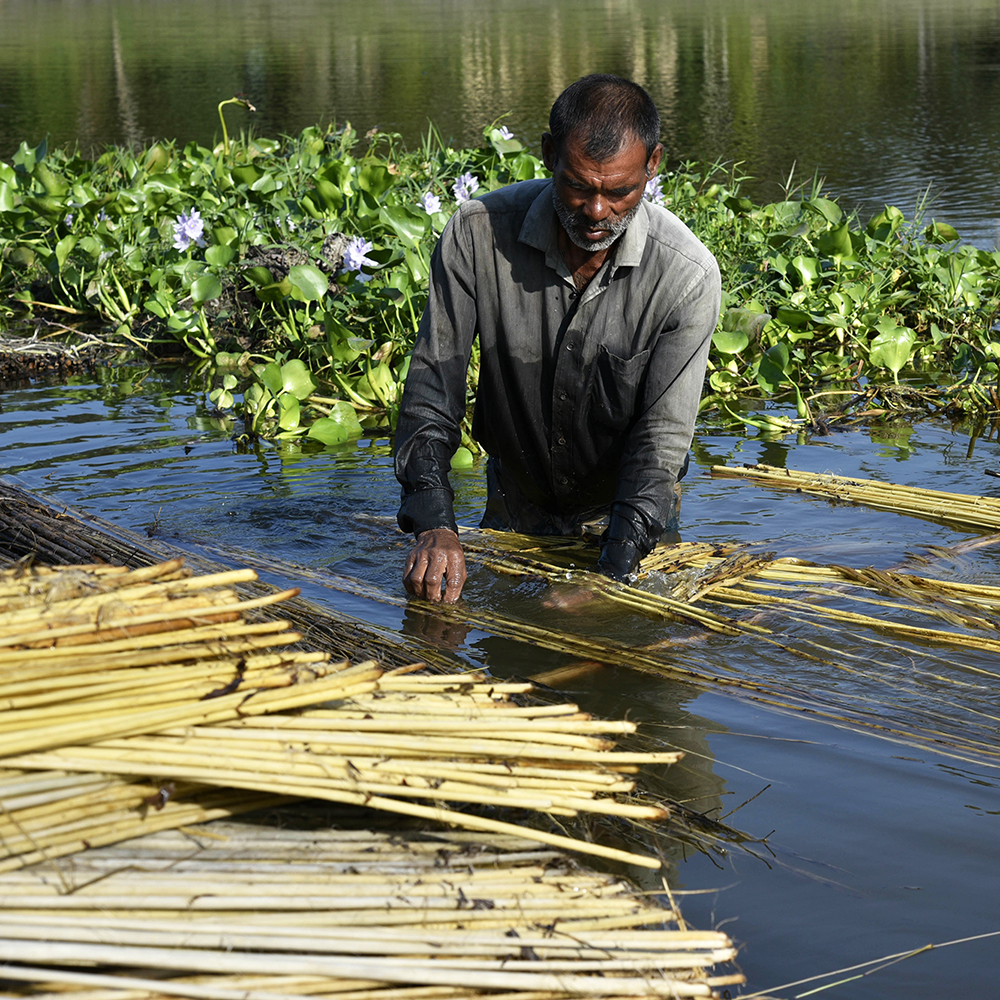
Water Retting
Water retting is the traditional method used for extracting fibres from the stalks of jute
This process involves the immersion of jute stems in water to facilitate the separation of fibres from the non-fibrous material, also known as the hurd or woody core. The retting process typically follows the harvesting of mature jute plants, which are then bundled and submerged in slow-flowing water bodies like rivers or ponds. The bundles are weighted down to keep them submerged, initiating a controlled rotting of the non-fibrous tissues.
"Water retting is a cost-effective and environmentally friendly method for extracting jute fibres"
The retting process relies on the action of microorganisms, primarily bacteria and fungi, which break down the pectins and lignins that bind the fibres to the hurd.
The retting duration can vary based on environmental conditions such as water temperature, microbial activity, and the desired quality of the jute fibres. It usually takes one to two weeks for the retting process to be completed. During this time, the microbial activity weakens the bonds between the fibres and the hurd, making it easier to separate them later in the processing.
After retting, the jute bundles are removed from the water, and the softened fibres are manually extracted from the stalks. This extraction process involves beating or stripping the fibres from the hurd, followed by washing to remove any residual materials. Once the fibres are separated, they are dried and often graded based on their colour, texture, and length.
Water retting is a cost-effective and environmentally friendly method for extracting jute fibres, as it utilises natural processes without the need for chemicals. However, it requires careful monitoring to prevent over-retting, which can result in weakened fibres, or under-retting, which can make fibre extraction more challenging. Despite these challenges, water retting remains a widely practiced method in regions where jute cultivation is prevalent.
See the jute bag manufacturing process as a whole, or use the button below to read more about the next stage of the process.



